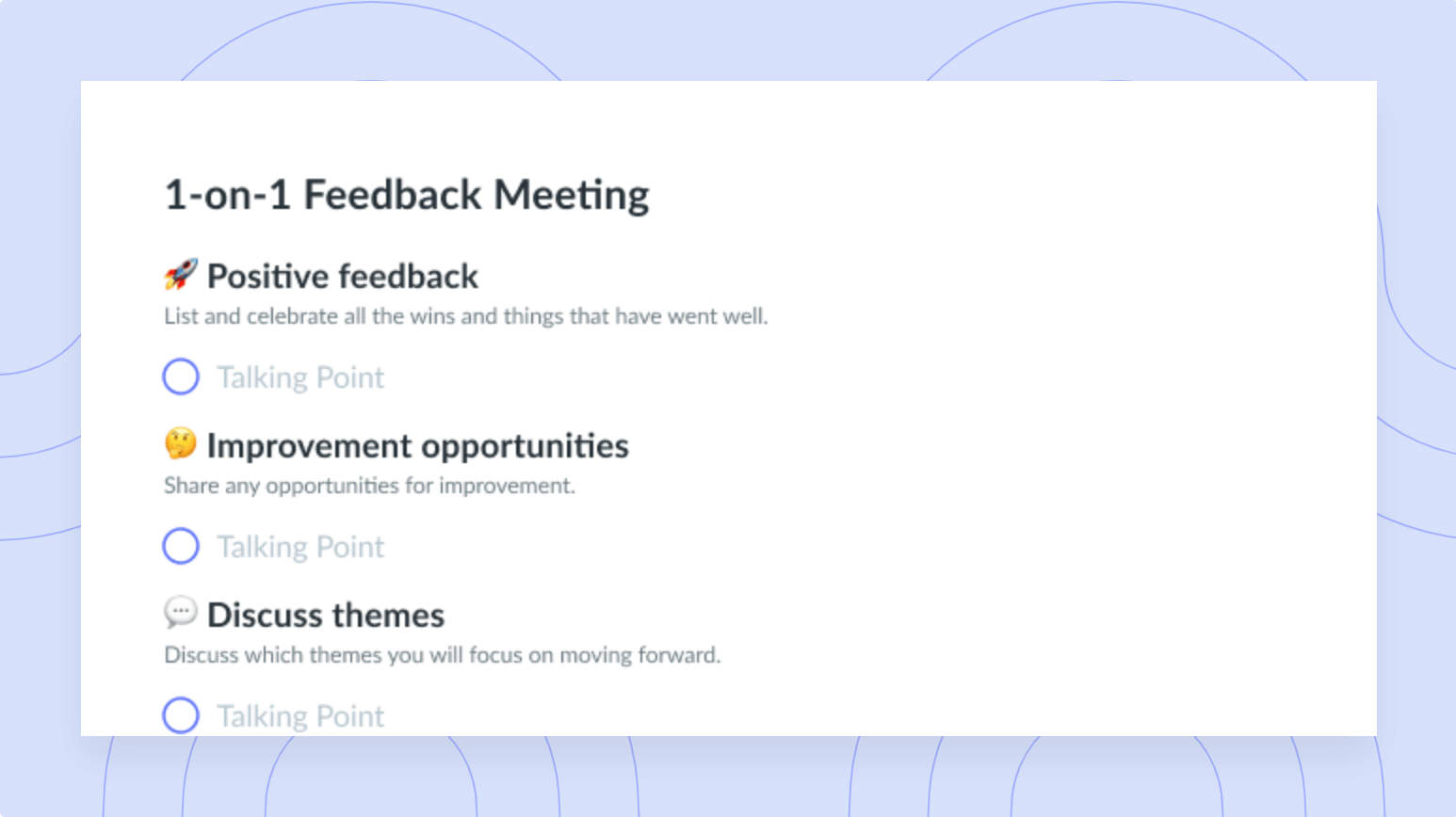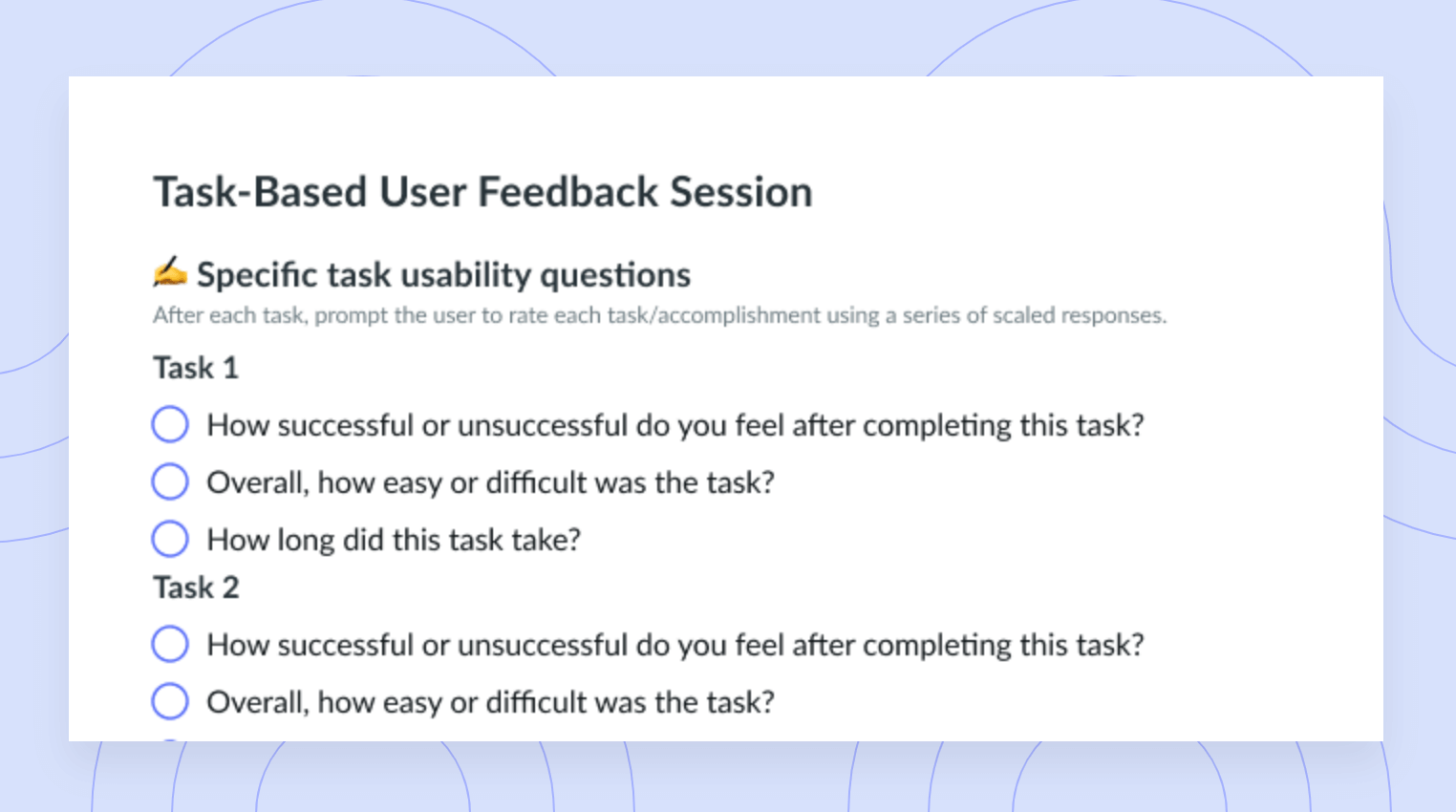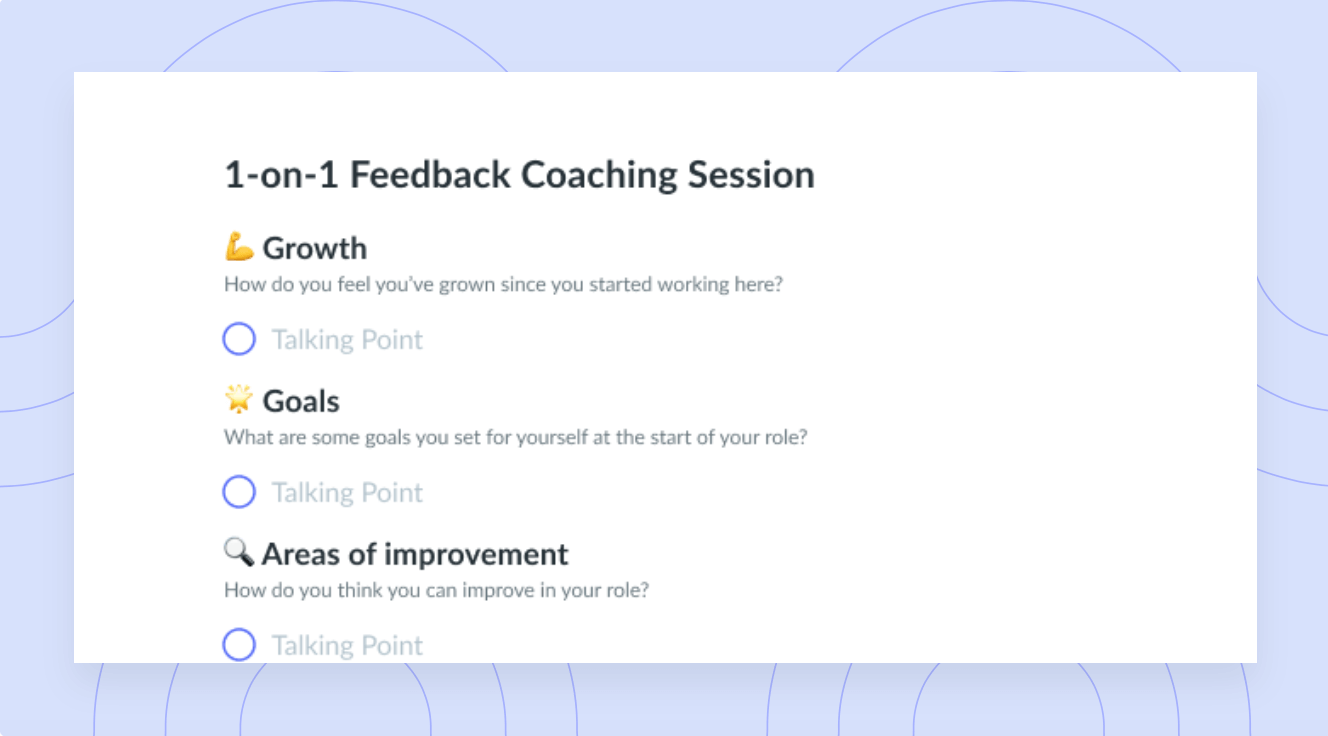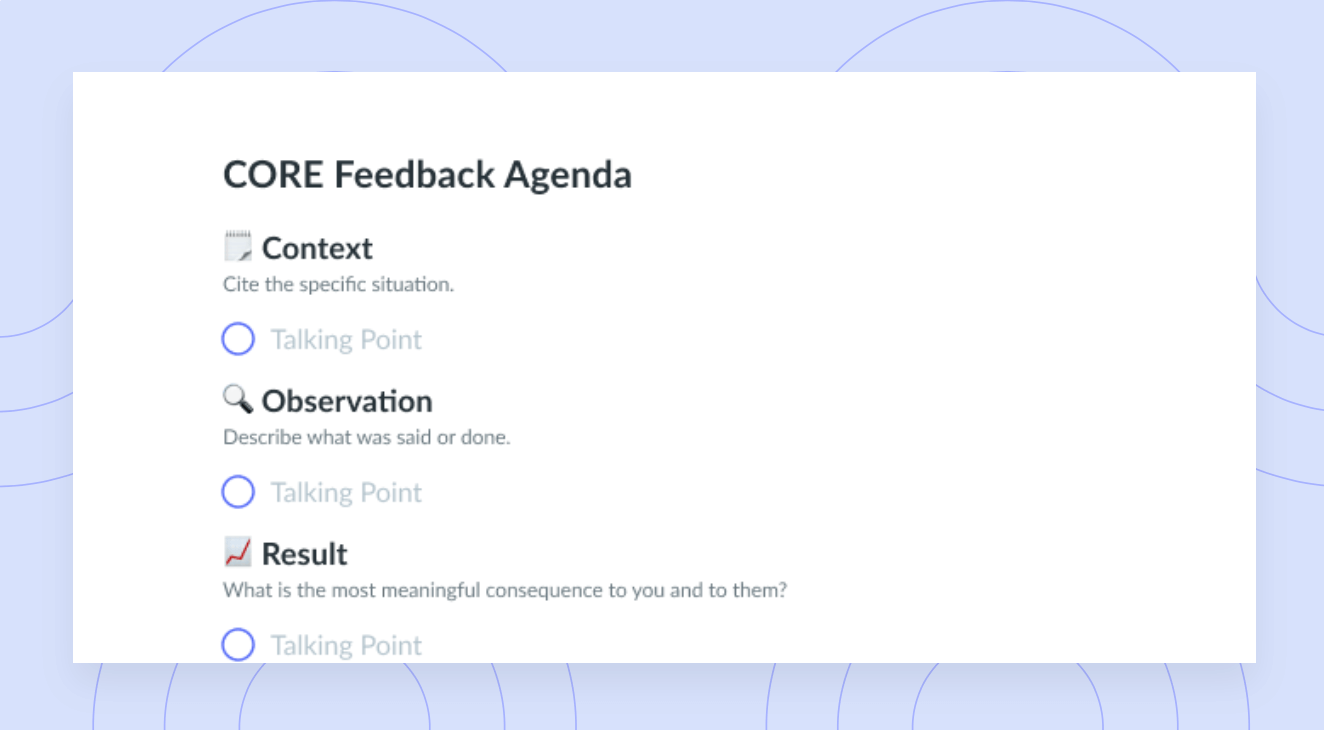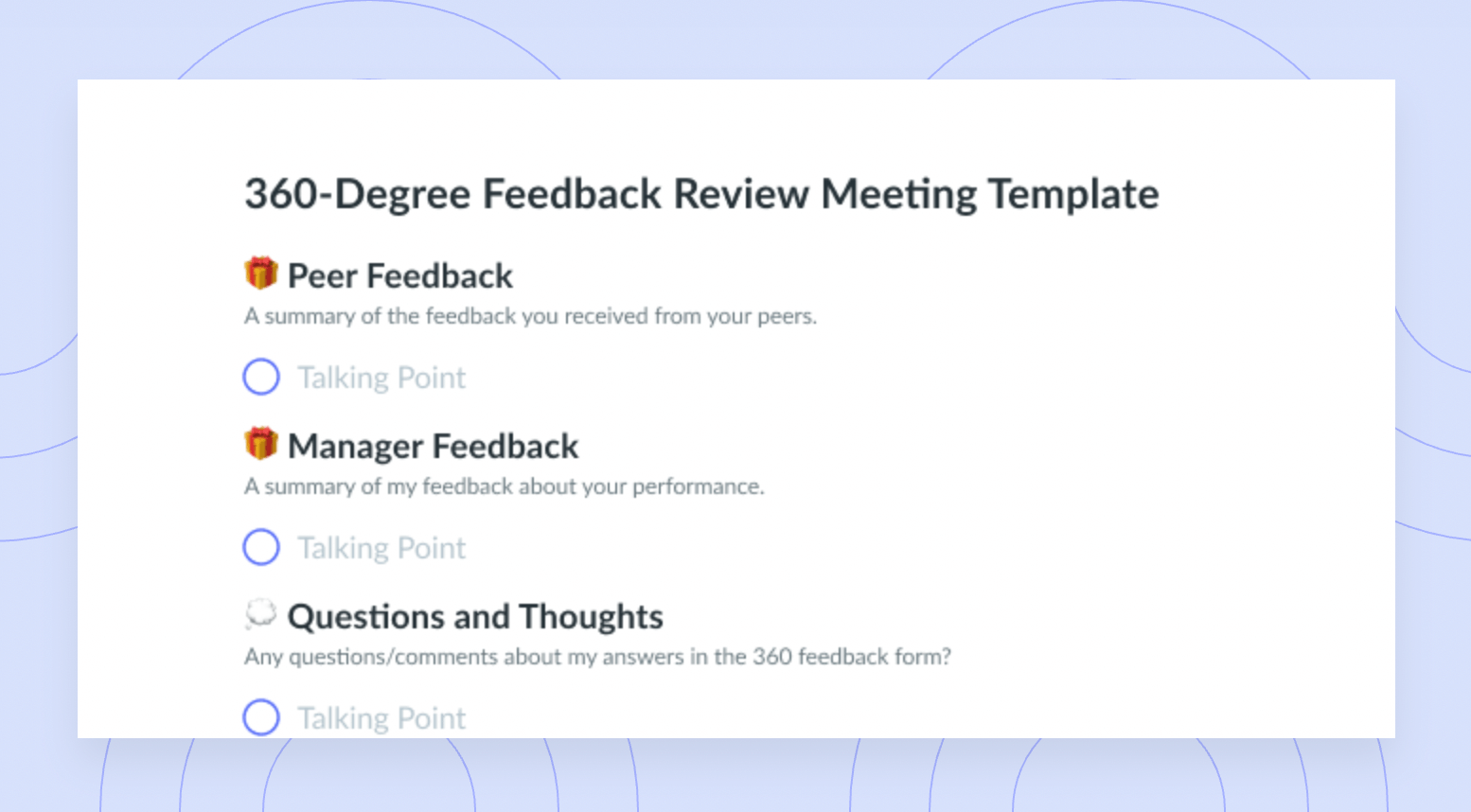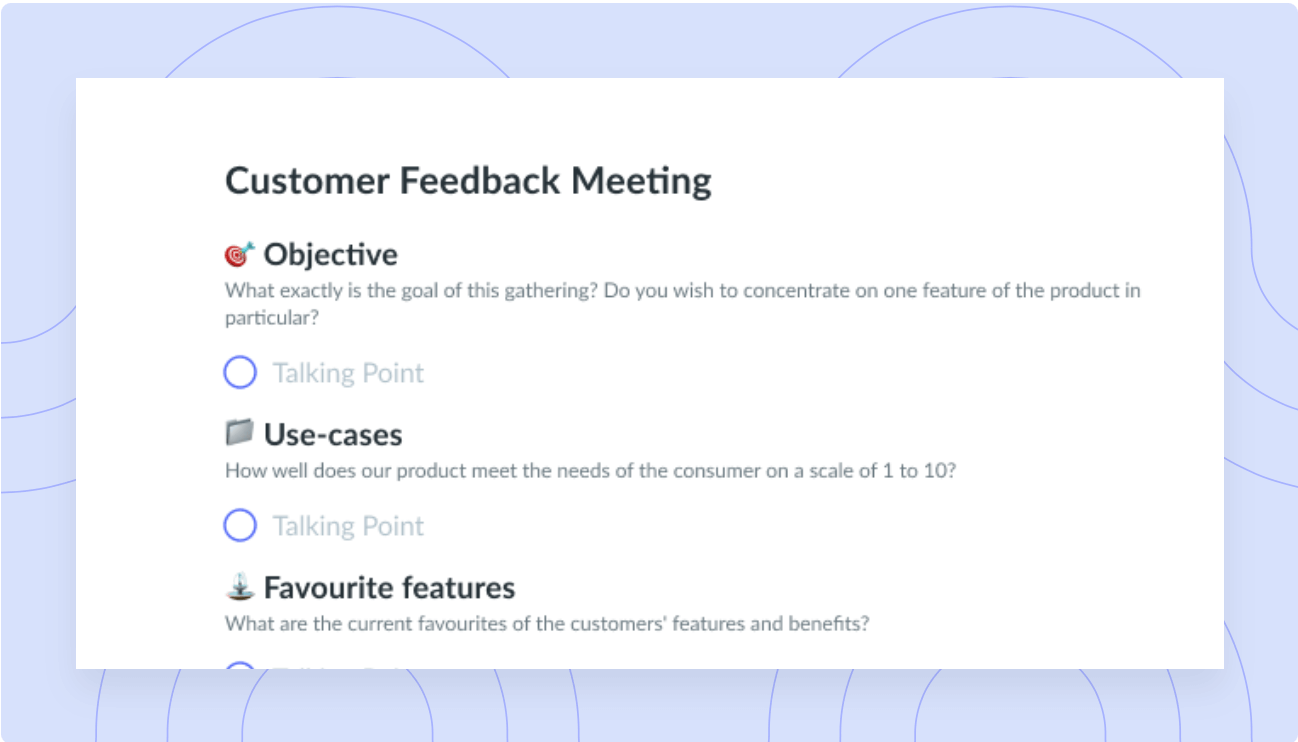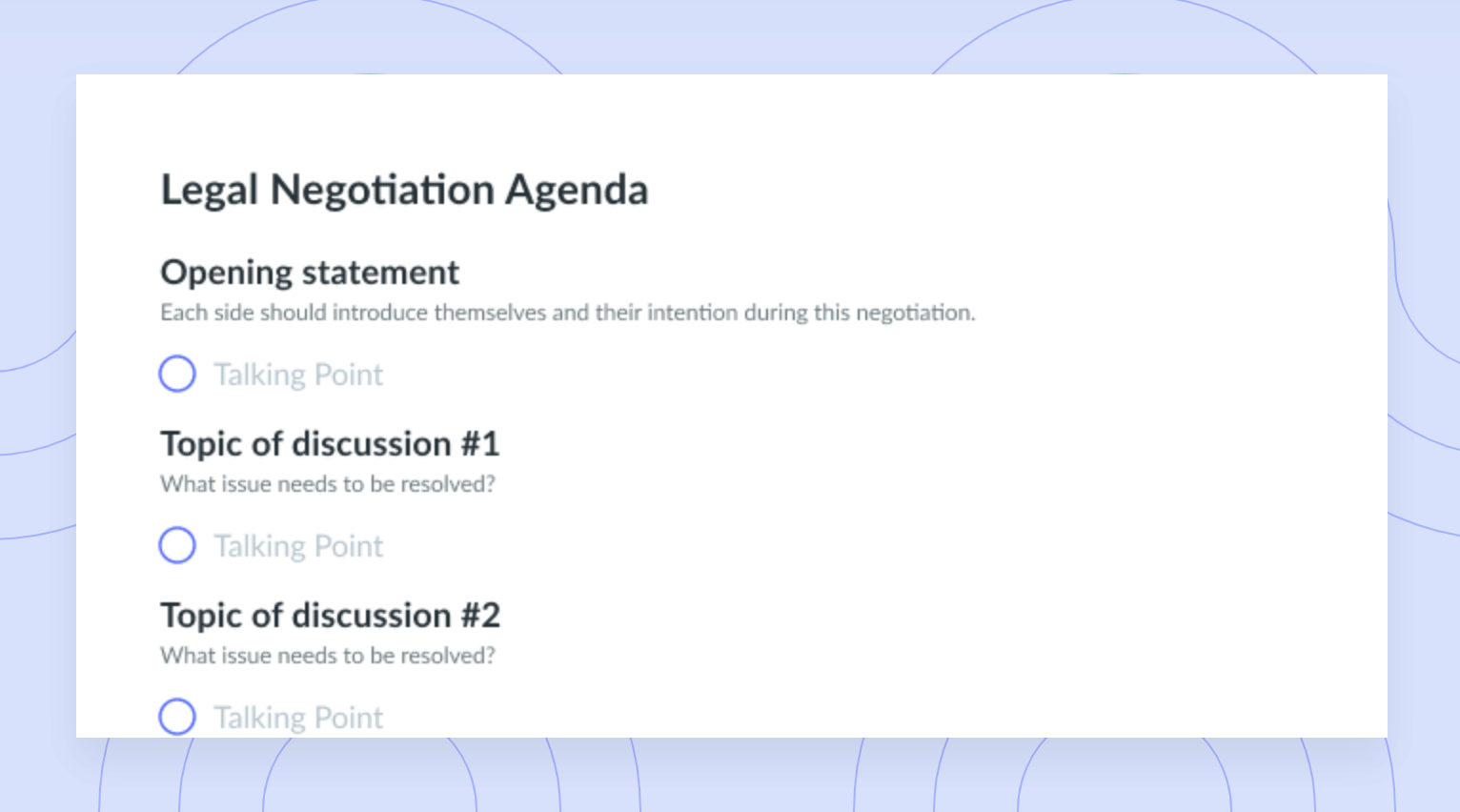The Feedback Sandwich: Should You Use It? (Pros and Cons)
Learn if and when you should use a feedback sandwhich when giving feedback and the pros and cons of this method.
Everyone loves a good sandwich. Whether your favorite is peanut butter and jelly or turkey on rye, a sandwich goes with anything. Unless, of course, we’re talking about a feedback sandwich.
This type of feedback can be used in a variety of situations, but it can go wrong if you’re unsure of the best way to approach providing feedback to a teammate, coworker, or supervisor with this method.
- What is a feedback sandwich?
- Example of a feedback sandwich
- How to give a feedback sandwich
- Advantages to the feedback sandwich
- Disadvantages to the feedback sandwich
To get a grasp of what a compliment sandwich is and when it’s ideal to use one, just keep reading!
What is a feedback sandwich?
First things first, a feedback sandwich is when a superior, manager or fellow coworker lays constructive criticism, or potentially negative feedback, in between two pieces, or statements, of positive feedback. These are sometimes also referred to as a compliment sandwich, where the compliments or positive comments are before and after the potential critical feedback.
So, if we’re going back to our turkey on rye example, the turkey is the constructive criticism and the two slices of rye are the positive feedback.

Feedback is a gift.
Create a culture where giving, receiving, and implementing feedback is part of the DNA with a tool like Fellow.

Example of a feedback sandwich
Now that you have a better understanding of what a feedback sandwich is, let’s go over an example of what one may sound like.
Let’s say a meeting where a slide deck was presented has just come to a close. Here is a compliment sandwich of what a manager may say to one of their direct reports who was presenting some in-depth, but a little boring, slides.
“Great job presenting today! I thought the content you went over was in-depth and you had great examples to back up your points. However, I thought your slides could use some improvement. Next time, try using the branded slide deck the design team created to give the slides a personal and more engaging touch. Again, overall really fantastic job. Once you improve on slide design I think the audience will be more engaged.”
Let’s break it down:
- Top slice of bread: The first positive comment, telling the team member the content was in-depth and it had great examples.
- Meat: The constructive feedback, letting the team member know the slides needed some improvement to be more personal and engaging.
- Bottom slice of bread: The closing statement, reaffirming the positive comment that the team member did a great job overall.
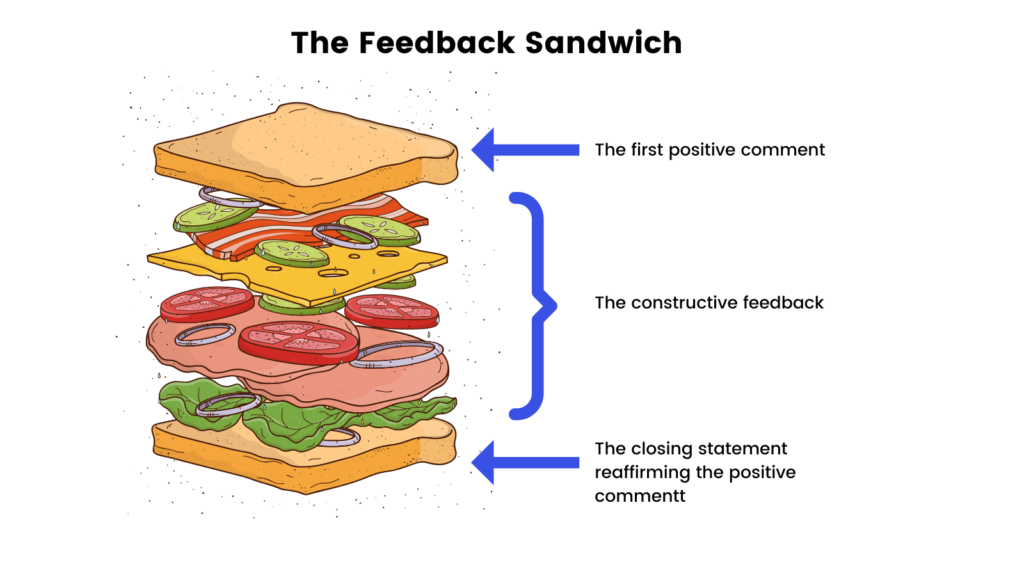
How to give a feedback sandwich
It’s crucial to understand how to give a feedback sandwich in order for it to be most effective. Like the example above, you always want to start it off with at least one positive statement about what your peer, coworker, team member, or even your manager did well.
Then, you’ll state the constructive feedback, which is usually how they can be better next time, or a specific statement regarding how they can improve their performance. You’ll then end the sandwich with a final encouraging statement, which will soften the blow of the criticism or critical feedback and end the interaction on a positive note.
Feedback can be easily given or requested through Fellow with the simple click of a button. Whether you’re asking for 360 feedback, feedback about a meeting, or something else entirely, Fellow can help you create a feedback request without over-thinking the process.
Advantages to the feedback sandwich
If you master the art of the feedback sandwich, there are many advantages to the approach when using it with employees. Here are some reasons why you may want to give it a try next time you’d like to share effective feedback.
1 Softens the impact of the criticism
Whether it’s to a fellow teammate or you’re giving feedback to your manager, no one likes to hear criticism. Not only can it be awkward to hear, but it can also be uncomfortable to give.
Going the route of a compliment sandwich can soften the impact of the criticism since it’s between two positive comments. Because the statement both starts and ends with something the person did right, or a form of praise, it makes the criticism easier to digest. Essentially, it takes the sting out of hearing whatever you did wrong.
2 Makes it easier to give feedback
Similarly, it’s easier for the individual to give feedback. As we mentioned, criticism is awkward, but when you’re giving potentially negative feedback, it’s easier when you’re also serving it up with two compliments.
It further makes the entire situation just a little more comfortable for all parties involved.
3 Enables meetings to end on a positive note
It can be uncomfortable to end a meeting, or even a one-on-one interaction, with criticism. It leaves everyone with a bad taste in their mouth, and really boosts the awkward and uncomfortable factor of the entire encounter.
Having a feedback sandwich end on a positive note means that team members leave the meeting or conversation happy and pleased with themselves and feel overall confident in their performance.
4 Helps employees increase their receptiveness to criticism
Another advantage of the feedback sandwich is that it helps employees and others on your team increase their receptiveness to criticism.
Because no one is perfect, we’ll likely all hear criticism at work at some point. When the criticism is in between two positive comments, it’s common that we’ll become more accepting of the potential negative feedback the more we encounter the feedback sandwich.
Disadvantages to the feedback sandwich
Just like some people really love the feedback sandwich, others feel that there are too many things that can get misconstrued along the way. Below are some potential cons to the sandwich approach of giving feedback.
1 The feedback isn’t clear
A potential disadvantage of the feedback method is that it can muddy the message and make it unclear. It can also leave the feedback or ways to improve feeling forgotten.
When the person on the receiving end hears something they need to improve on in between two things they did well, they could leave the interaction thinking “So, did I do a good job or not?” If you’re really looking to get the point across of how someone can develop new skills or correct something they did incorrectly, the feedback approach may not be the best one to go with.
2 Using terms such as “but” can undermine positive performance
Have you ever been in the middle of a conversation with someone, only to think “I feel a but coming on.” Kind of like when you’re on a date and someone says, “I think you’re great, and I really like you, but…”
Using terms like but and however have the potential to undermine or negate the positive feedback you’re giving about a teammate’s performance. The person on the receiving end could even feel like the positive comment you gave at the beginning wasn’t even true and was only said as a way to avoid having the entire statement be negative. The method can also make employees distrustful of praise, feeling like it will always be followed up with a but statement.
Sometimes, when providing feedback, it can be better for everyone if you skip the but and just get right to the point.
3 You’re not embracing constructive feedback as a gift
Gifts, like sandwiches, can come in all shapes and sizes.
And sometimes that gift is in the shape of constructive feedback. While some may cringe at the thought of receiving constructive feedback, it can go a long way into pinpointing ways to improve and what to do better next time.
After all, when you give a team member or employee feedback, your intentions should also be coming from a place of wanting the individual, and the team as a whole, to improve. When you go into the interaction with that mindset, it’s easier to embrace the bottom line of what constructive feedback can do.
Would you like fries with that?
Regardless of whether or not you choose to go in the direction of the feedback sandwich, there are some tips you can follow to ensure you’re approaching it the right way.
For instance, remember to always be specific and direct with ways someone can improve, while also remaining sincere about the compliments and positive affirmations you’re giving before and after. As you offer up the constructive criticism along with the compliments, remember to be brief as the overall statement shouldn’t feel long and drawn out.
Remember that when giving your constructive feedback, give as many clear examples and guidelines as possible for how your coworker can improve. When doing so, be sure that you’re focusing on the situation, instead of the person. The goal when giving this feedback isn’t to hurt feelings or make a team member feel bad about their performance, but simply to show that there are ways to improve or do better in the future.
And, if you’re looking for the best way to share real-time feedback on projects, meetings, and performance, keep in mind that Fellow can help promote a healthy and strong culture that starts with giving feedback the right way.










